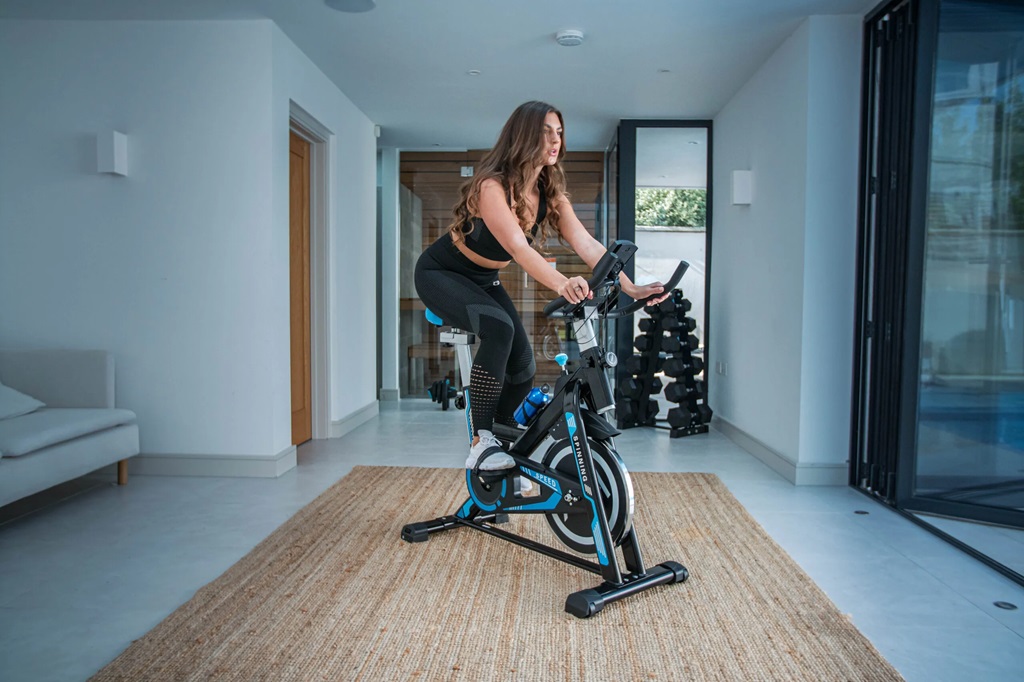Welcoming a newborn into the world is an extraordinary experience filled with joy and anticipation. As parents, we strive to provide the best care for our little ones, ensuring their comfort and well-being. One common concern for parents is understanding the optimal position for a baby to turn. In this article, we will explore various positions and discuss the benefits and considerations associated with each one. By the end, you will have a comprehensive understanding of the best positions for your baby’s development.
The Importance of Baby’s Position
The position of a baby plays a crucial role in their growth and development. It affects their motor skills, muscular strength, and overall comfort. Finding the best position for your baby to turn is essential for their well-being and can also facilitate an easier birth process. Let’s delve into some of the positions and explore their advantages. Explore the reasons of baby spinning in circles.
Back-to-Sleep Position (Supine)
The back-to-sleep position, also known as the supine position, involves placing your baby on their back while sleeping. This position is highly recommended by pediatricians and experts worldwide. Here are some key reasons why:
- Reduced risk of Sudden Infant Death Syndrome (SIDS): Placing your baby on their back significantly reduces the risk of SIDS, which is a leading cause of infant mortality.
- Proper breathing and air circulation: Sleeping on the back ensures that your baby’s airways remain clear and open, reducing the likelihood of any breathing difficulties.
- Optimal spinal alignment: The supine position promotes healthy spinal development and reduces the risk of discomfort or misalignment.
Tummy Time Position
Tummy time is a beneficial position that involves placing your baby on their stomach while awake and supervised. It provides numerous advantages for your baby’s growth and development:
- Strengthening neck and shoulder muscles: Tummy time helps strengthen the muscles necessary for your baby to lift their head, promoting better control and coordination.
- Enhancing motor skills: When placed on their tummy, babies learn to push up, roll over, and eventually crawl, which are essential milestones in their motor skill development.
- Preventing flat head syndrome: Regular tummy time can help prevent the development of plagiocephaly (flat head syndrome) by allowing for more varied head positions.
- Visual stimulation: Being on their tummy allows babies to explore their surroundings from a different perspective, enhancing visual and cognitive development.
Side-Lying Position
The side-lying position involves placing your baby on their side while they sleep. While this position is not recommended for unsupervised sleep, it can offer benefits during certain situations:
- Comfort during feeding: The side-lying position is often used during breastfeeding sessions, allowing both the baby and mother to relax and maintain a comfortable position.
- Relief from reflux or colic: Babies with reflux or colic may find relief in the side-lying position as it can help alleviate discomfort and aid digestion.
- Transition position: The side-lying position can serve as an intermediate step between the back and tummy positions as your baby develops the ability to roll over.
Carrying Positions
Apart from sleep positions, carrying positions also play a vital role in a baby’s development. Here are a few popular carrying positions and their benefits:
- Cradle hold: The cradle hold involves carrying your baby in your arms with their head resting in the crook of your elbow. This position allows for bonding, easy breastfeeding, and gentle rocking.
- Babywearing: Using a baby carrier or sling allows you to carry your baby while keeping your hands free. Babywearing promotes closeness, supports proper hip and spine alignment, and enables you to move around comfortably.
- Kangaroo care: Particularly beneficial for premature babies, kangaroo care involves holding your baby skin-to-skin against your chest. This position helps regulate the baby’s body temperature, heart rate, and breathing, while fostering a strong parent-infant bond.
Conclusion
Understanding the best position for your baby to turn is vital for their overall development and well-being. While the back-to-sleep position (supine) is recommended for sleep, incorporating tummy time when your baby is awake can support their motor skills and prevent flat head syndrome. Additionally, side-lying positions can offer comfort and relief during feeding or alleviate reflux symptoms. Lastly, various carrying positions allow for bonding, convenience, and proper support of your baby’s body.
As you navigate the beautiful journey of parenthood, remember to prioritize your baby’s safety and comfort. Consult with your pediatrician or healthcare provider to determine the best positions based on your baby’s unique needs. By providing a nurturing environment and adopting the appropriate positions, you can give your little one the best possible start in life.
So, embrace the joy of parenthood, savor every precious moment, and create lasting memories with your little bundle of joy.





